Report Summary
This report aims to provide an in-depth analysis of the current wave of technological innovation in the field of slitting machines. With the deep integration of Industry 4.0, artificial intelligence, Internet of Things and other technologies, slitting machines are undergoing a revolutionary transformation from traditional machinery to high-precision, intelligence, and integration. The report will focus on analyzing the core technologies driving this change, the significant trends presented, and look forward to future development directions, providing strategic reference for industry participants.
1. Introduction: Industry background and motivation for change
As a key equipment for back-end processing, slitting machines are widely used in many industries such as films, foils, paper, non-woven fabrics, and composite materials. Traditional slitting machines mainly rely on mechanical control and operator experience, which have pain points such as low efficiency, limited accuracy, high loss rate, and strong dependence on personnel.
In the context of the global manufacturing industry moving towards intelligence and greening, the market has put forward higher requirements for slitting processing:
• Extreme quality: Downstream products (such as new energy battery separators, optical films) require no burrs, no dust, and zero pollution at the slitting edges.
• Extreme efficiency: Pursue higher operating speed and shorter order change time to meet the needs of flexible production.
• Extreme cost: Reduce scrap rates, energy consumption, and labor costs.
• Data-driven: Requires data monitoring and analysis throughout the process to achieve traceability and intelligent decision-making.
These demands are driving disruptive innovation in slitting machine technology.
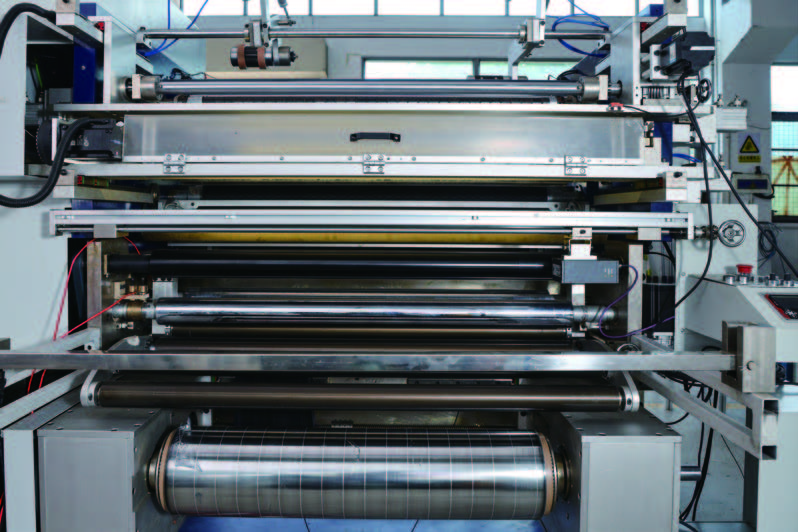
2. Core technological innovation drivers
1. Precision Motion Control Technology:
◦ Direct drive (DDR torque motor): Replace the traditional mechanical transmission structure to achieve contact-free and backlash transmission. Greatly improve control accuracy and dynamic response, reduce vibration, and lay the foundation for high-speed and high-precision slitting.
◦ High-precision servo system: The multi-axis synchronous servo control technology ensures the perfect coordination between unwinding, traction, winding and other units, and the tension control accuracy can reach within ±0.1%.
◦ Linear motors and magnetic levitation technology: Present in high-end applications to virtually eliminate friction and wear, enabling nanometer-level positioning accuracy and ultra-high-speed operation.
2. Intelligent Sensing and Perception Technology:
◦ High-resolution CCD/line array camera: used for full-line visual inspection, real-time identification of defects (such as scratches, stains, holes) on the surface of the material, and linkage with the actuator for marking or sorting.
◦ Laser measurement system: non-contact measurement of the width, thickness, and edge position of the material, realizing closed-loop control and automatic deviation correction (CPC/EPC).
◦ Multi-dimensional sensors: Integrate various sensors such as temperature, humidity, vibration, and acoustics to comprehensively monitor equipment health status and production environment.
3. Artificial Intelligence and Digital Twins:
◦ AI algorithm optimization: Machine learning algorithms automatically optimize slitting parameters (such as tension, speed, and knife pressure) by learning from historical production data to achieve "one-click optimization" production.
◦ Predictive maintenance: AI analyzes equipment operation data to warn of potential risks such as tool wear and bearing failure in advance, changing passive maintenance to active prediction, greatly reducing unexpected downtime.
◦ Digital Twin: Build a real-time image of the slitting machine in a virtual space for simulation, parameter debugging, remote diagnostics, and employee training, shortening the time to launch new products.
4. Industrial Internet of Things (IIoT) and Cloud Platforms:
◦ Fully interconnected: The slitting machine is connected to the factory network (MES/ERP) through the Internet of Things gateway to realize data exchange between equipment and between equipment and management system.
◦ Cloud-edge collaboration: Massive production data is preliminarily processed on the edge side, and key data is uploaded to the cloud platform for in-depth analysis and model training, continuously optimizing the performance of all devices around the world.
◦ Remote O&M: Engineers can remotely guide, debug, and troubleshoot through AR/VR technology, providing 24/7 uninterrupted service.
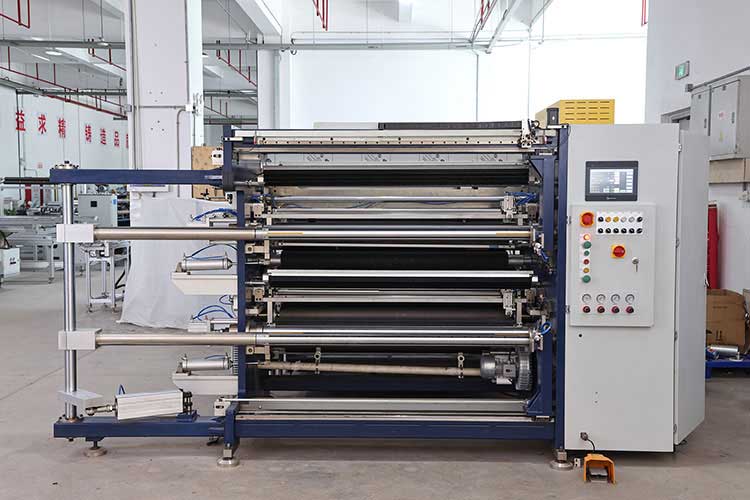
3. The main innovation trends are presented
1. Trend 1: Ultra-high precision and ultra-thin slitting capabilities
◦ Performance: The slitting accuracy has moved from millimeter to micron (μm), and it can stably slit ultra-thin materials (such as copper foil, high-end diaphragm) below 3 μm.
◦ Value: Meet the demanding demand for precision materials in new energy, consumer electronics and other fields, and reduce the waste of precious materials.
2. Trend 2: "Unmanned" smart factory core unit
◦ Performance: Integrate automatic loading and unloading (AGV/RGV), automatic dressing, machine vision positioning, and intelligent tool magazine system to realize the whole process from coil loading to finished product rolling off the production line.
◦ Value: Reduce labor costs and errors, realize black light production, and improve production safety and consistency.
3. Trend 3: Integrated integration and flexible production
◦ Performance: The slitting machine is linked with the front processes such as coating, lamination, and printing to form an integrated production line. At the same time, the equipment has the functions of rapid mold change (QMCS) and one-click formula call, which can flexibly respond to small batches and multi-variety orders.
◦ Value: Significantly shorten the production cycle, improve market response speed, and help the manufacturing industry transform to the "on-demand production" model.
4. Trend 4: Green and low-carbon throughout the life cycle
◦ Performance: adopt high-efficiency energy-saving motor and energy feedback system; reduce scrap rates through AI optimization; The modular design of the equipment is easy to maintain and upgrade, and extend the service life.
◦ Value: Significantly reduce energy consumption and carbon emissions, in line with the global ESG development concept, and create both environmental and economic benefits for customers.
5. Trend 5: Data-driven value extension
◦ Performance: The slitting machine is no longer an isolated processing equipment, but a data acquisition terminal and value-added service entrance. Manufacturers provide value-added services such as process optimization, capacity planning, and supply chain management through data analysis and insights.
◦ Value: The business model has been transformed from "selling equipment" to "selling service as a service" to build a sustainable and profitable after-sales service ecosystem.
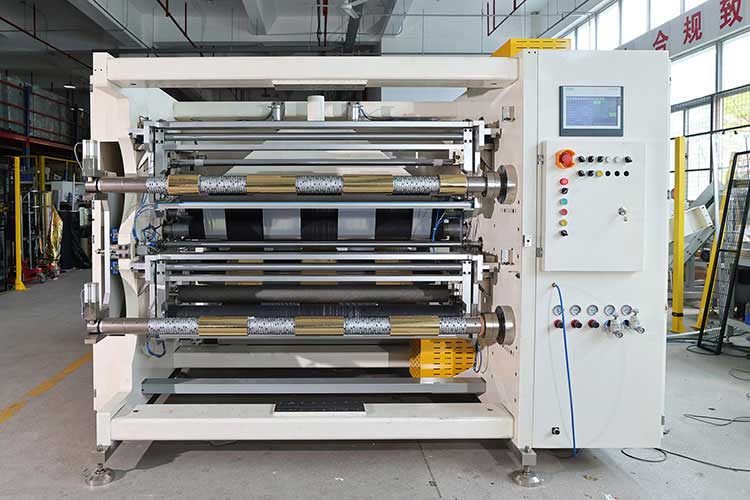
4. Future prospects
The slitting machine of the future will evolve into a highly autonomous agent:
• Self-perception, self-decision-making, and self-execution: It can perceive its own state and material changes in real time, and independently adjust parameters to the optimal state without manual intervention.
• Cross-platform collaboration: In the industrial Internet ecosystem, seamless collaboration with other equipment allows for independent scheduling of production tasks to achieve optimal overall efficiency.
• Continuous evolution: Through the continuous learning of cloud AI, the performance and service capabilities of all networked devices will continue to evolve iteratively, and the more they are used, the more "smarter" they become.
5. Challenges and suggestions
•Challenge:
◦ High technical threshold: It involves multidisciplinary intersection, which puts forward extremely high requirements for the R&D capabilities of manufacturers.
◦ Large initial investment: The cost of high-end intelligent equipment is high, and small and medium-sized enterprises may face financial pressure.
◦ Data security: Data security and network security risks cannot be ignored after devices are networked.
◦ Talent gap: Requires compound talents who understand both machinery and software and data.
•Suggestion:
◦ For equipment manufacturers: focus on core technology breakthroughs and build software and hardware integration solutions; Explore new models such as subscription-based services based on device data.
◦ For user enterprises: focus on long-term return on investment (ROI) and carry out intelligent transformation in stages starting from pain points; Pay attention to employee skills training to adapt to intelligent equipment operation.
◦ For the industry: jointly build open and secure data standards and interface protocols to promote collaborative innovation in the industrial chain.
epilogue
The wave of technology is rushing forward and redefining the value connotation of slitting machines. High precision and intelligence are no longer optional, but the only way to win the future. For all enterprises in the slitting machine industry chain, only by actively embracing change and deeply cultivating technological innovation can they seize the opportunity in this profound industrial upgrading and jointly drive the manufacturing industry towards a more efficient, green and intelligent future.




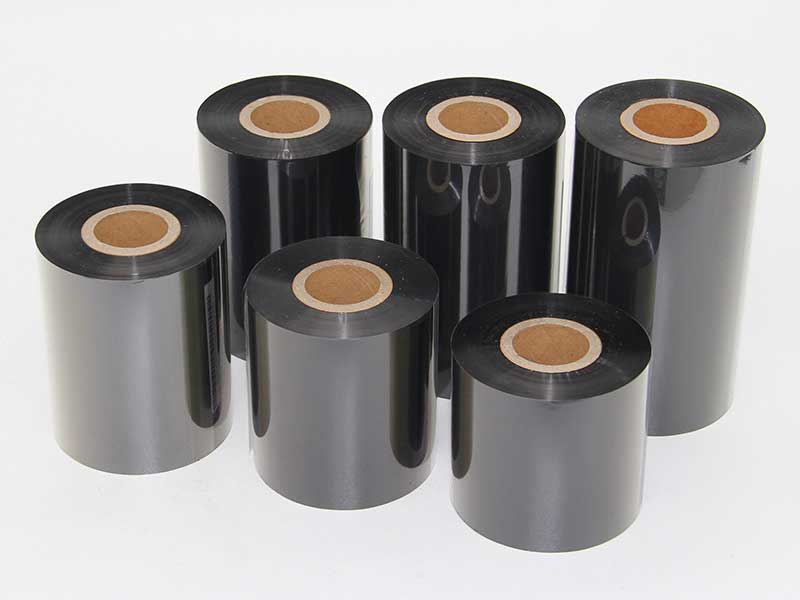
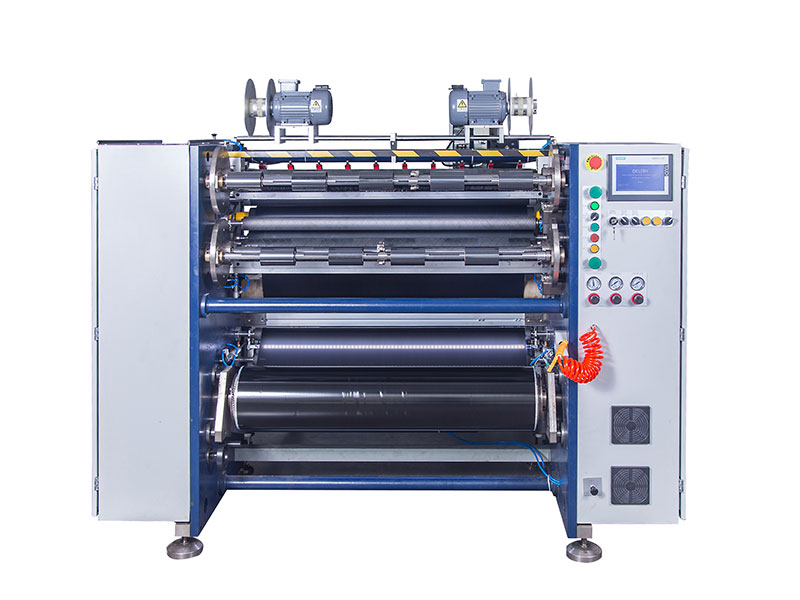
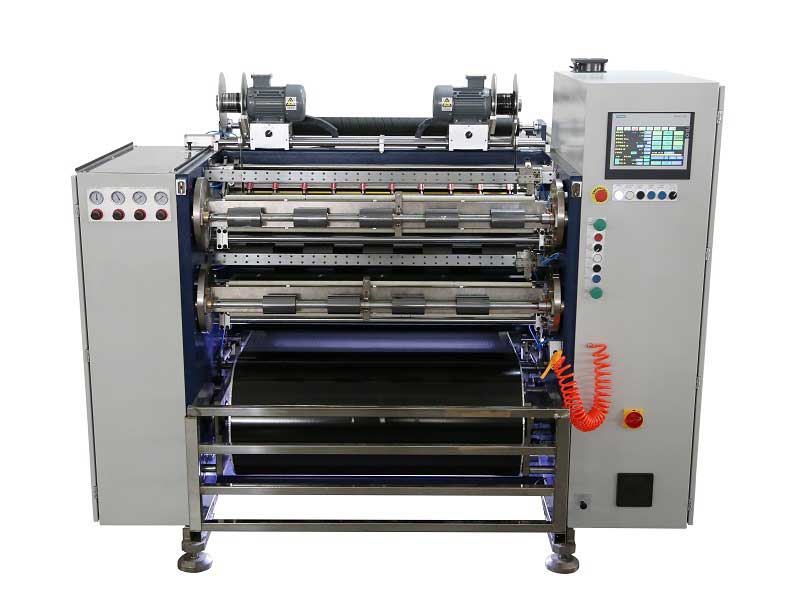 Automatic Thermal Transfer Ribbon Slitting Machine RSDS8 H PLUS
Automatic Thermal Transfer Ribbon Slitting Machine RSDS8 H PLUS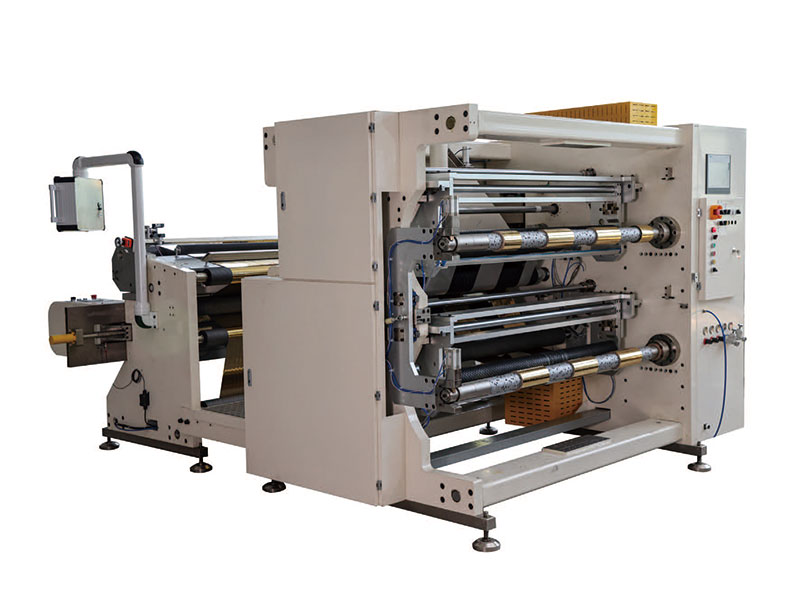 1400mm Hot Stamping Foil Slitting Machine
1400mm Hot Stamping Foil Slitting Machine Semi Automatic Thermal Transfer Ribbon Slitting Machine RSDS5 PLUS
Semi Automatic Thermal Transfer Ribbon Slitting Machine RSDS5 PLUS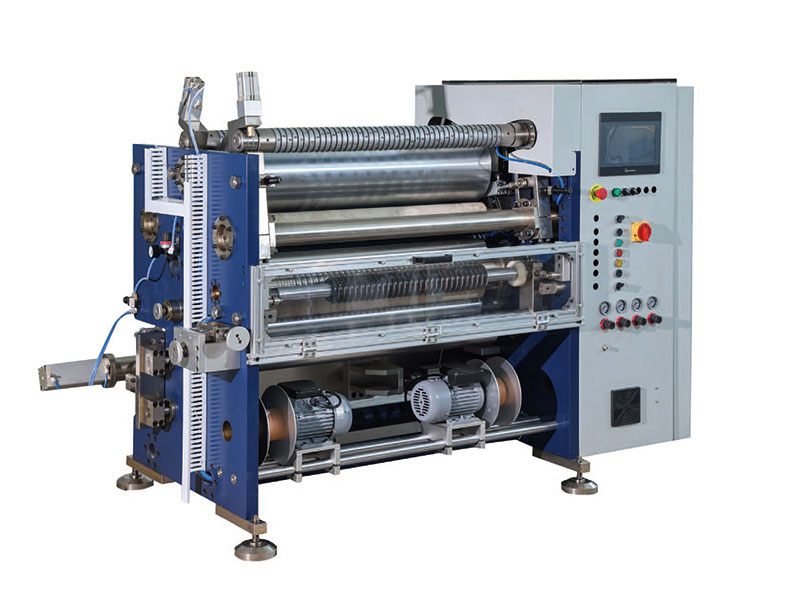 800mm Hot Stamping Foil Slitting Machine
800mm Hot Stamping Foil Slitting Machine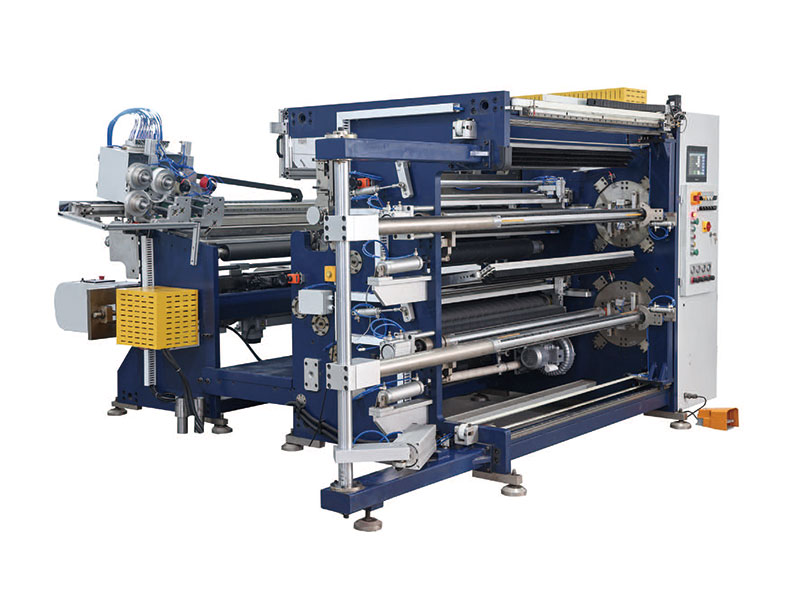 1350mm Hot Stamping Foil Slitting Machine
1350mm Hot Stamping Foil Slitting Machine New Energy Ultra-thin Film Slitting Machine For Capacitive Film
New Energy Ultra-thin Film Slitting Machine For Capacitive Film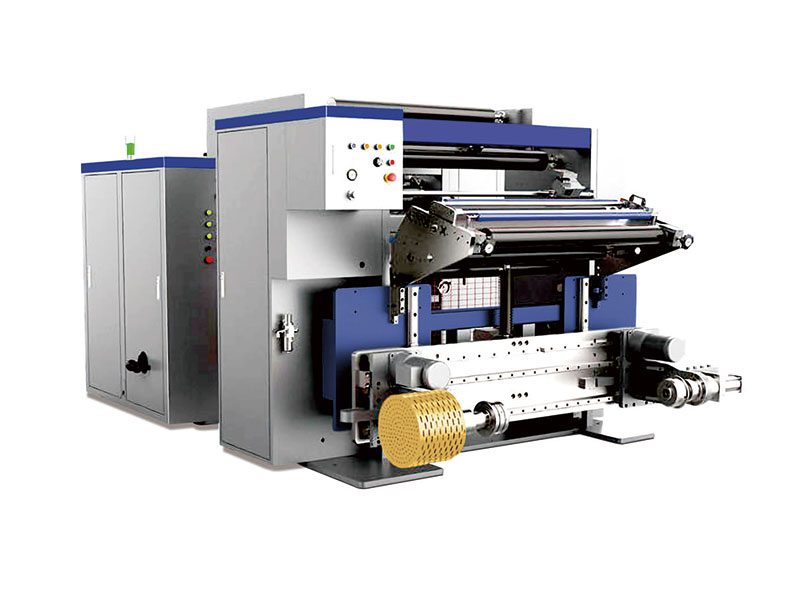 High Speed Slitting Machine
High Speed Slitting Machine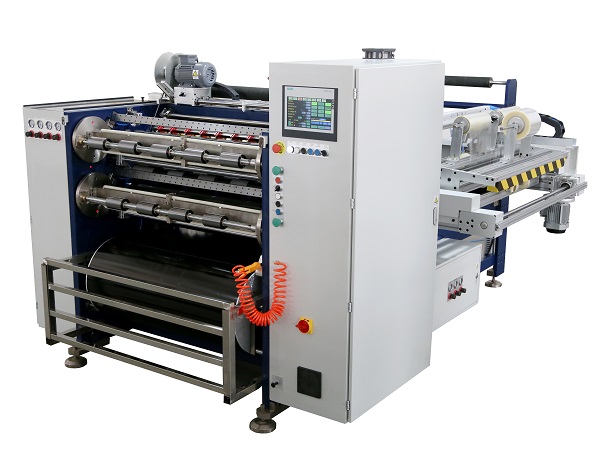 Automatic Thermal Transfer Ribbon Slitting Machine RSDS8 PLUS
Automatic Thermal Transfer Ribbon Slitting Machine RSDS8 PLUS

